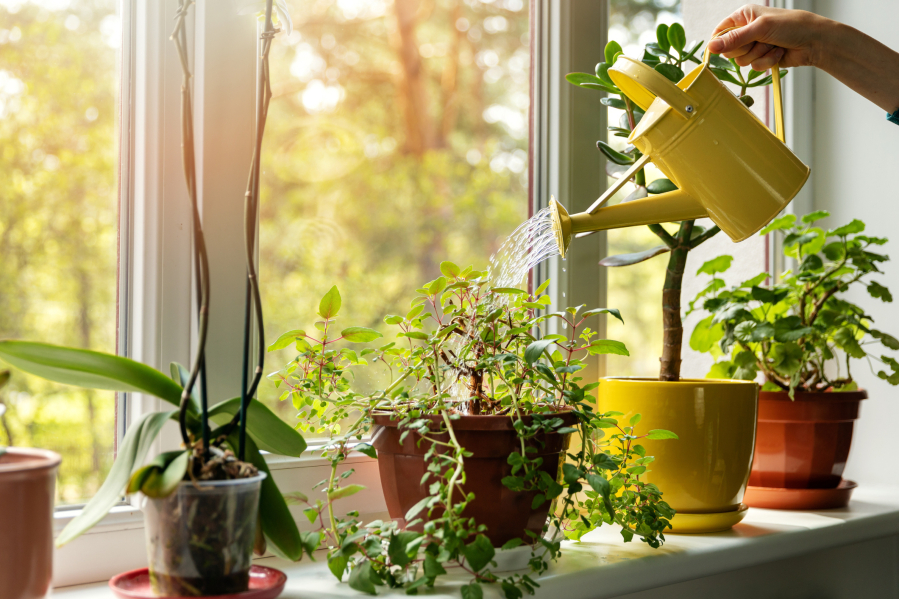My friend who has good success with indoor plants fertilizes her plants every time she waters them. Is that the best way to fertilize indoor plants?
There are at least three different methods of indoor plant fertilization that can be effective. Many indoor plant liquid and granular fertilizers have directions for fertilization every time you water. These are relatively low rates which provide a small amount of fertilizer every time. This system works quite well because plant growth rate and water use are proportional. When plants are growing rapidly, they use more water as well as fertilizer. When growth slows, they use less of both.
Most indoor plant fertilizers also have directions for a higher rate to be applied monthly. I prefer the every time system because I am less likely to forget.
A third system is to use a more highly concentrated fertilizer with longer intervals. High-analysis granules and concentrated plant food stakes and pills are two examples of this system.



